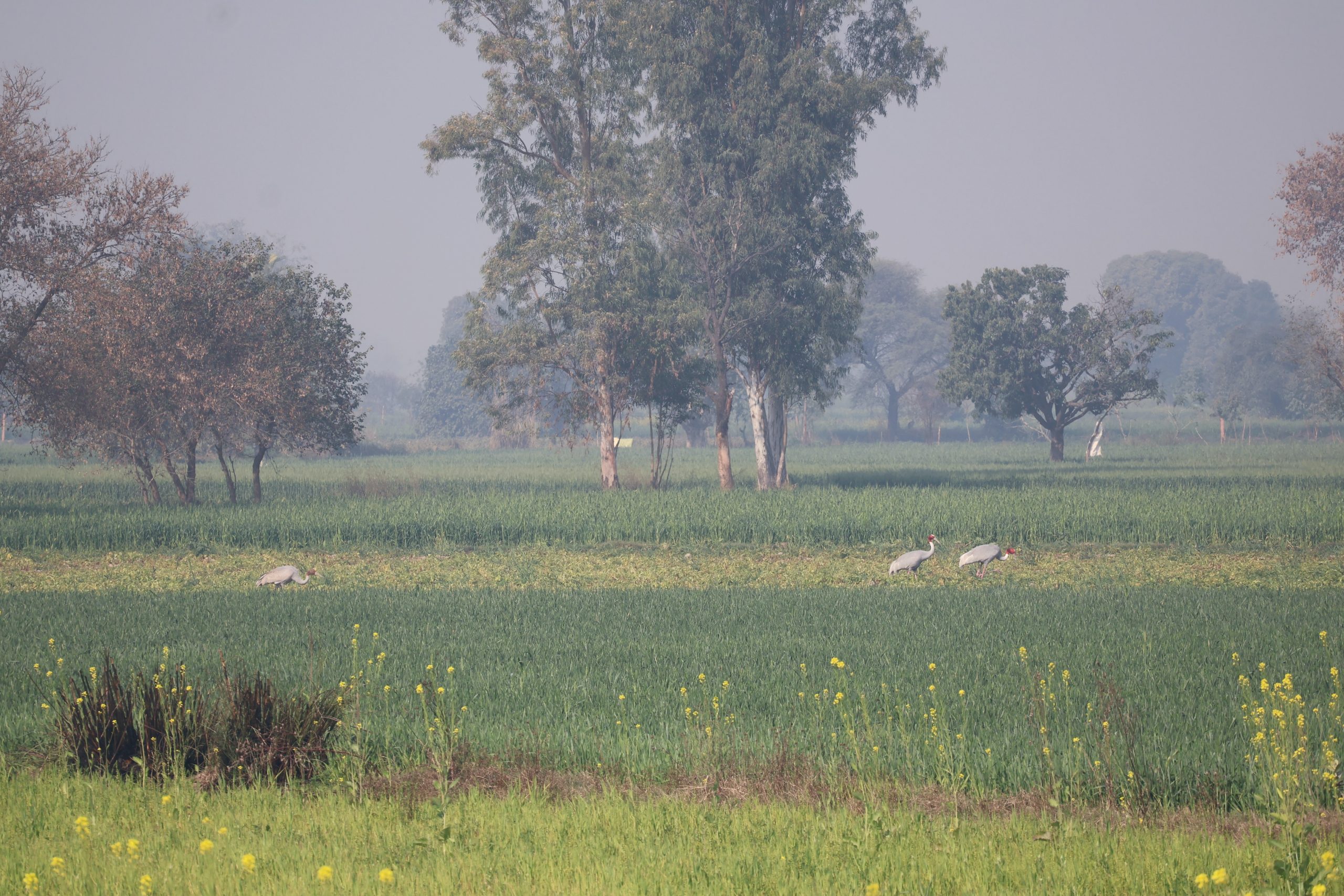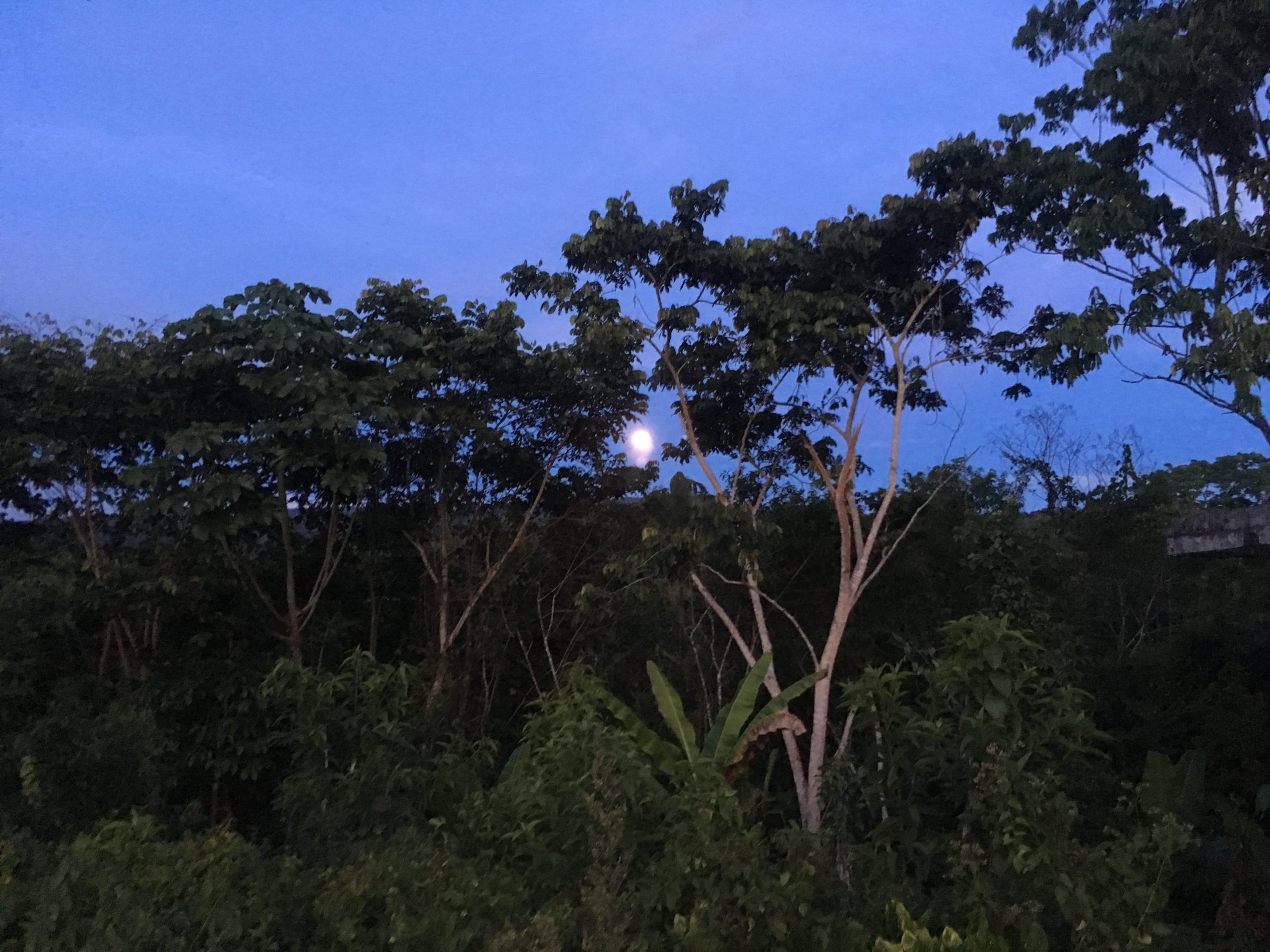I recall the first time I stood beneath the shade of a khejri tree in Tigariya, a small village situated in the semi-arid region of Rajasthan, India. The summer breeze carried a blend of dust, neem, and cow dung, while the distant call of a peacock echoed through the air. The villagers shared stories of a time when this land struggled with failing crops and parched earth. Today, however, the atmosphere feels transformed—greener and more resilient. The secret to this change lies not in any modern intervention but in a return to something ancient: Agroforestry.
In Tigariya, farmers are not merely cultivating trees; they are reclaiming their connections to the land. Khejri (Prosopis cineraria), Desi babool (Acacia nilotica), and lesoda (Cordia myxa) stand sentinel alongside fields of pearl millet and mustard. Agroforestry here is more than just a farming technique— it embodies a profound sense of belonging, rooted in memory, survival, and the rhythms of a land that has learned to communicate through droughts and dust storms.
An elder named Girdhari Lal remarked, “Humein ped lagana yaad hai; yeh toh hamesha se tha” [We remember planting trees; this has always been part of us]. His words resonated across a landscape where agriculture has evolved from linear and extractive practices to a more cyclical and interdependent approach. Integrated Farming Systems—combining livestock, crops, and trees—are revitalizing the region’s ecology and economy.
Yet, this is no utopia. The farmers of Tigariya continue to grapple with challenges such as inadequate market linkages, unpredictable rainfall, and escalating input costs. Not every crop flourishes, and not every tree survives. Some years bring greater challenges than others, and the small gains achieved can often be difficult to secure. Nevertheless, agroforestry endures—not merely as a means of production, but as a restorative practice. It reestablishes a vital connection between people and their environment, as well as between livelihoods and landscapes.
As I walked through the village, I observed the social dynamics shaped by agroforestry. With a return to organic methods, cow dung has transformed from waste into a valuable resource. Households are now selling butter, compost, and herbal remedies. One woman farmer demonstrated how her goat shed has been repurposed to support a nursery for moringa, showcasing a remarkable overlap of life in adaptive and innovative ways.
What struck me most was the resurgence of biodiversity—not just as a statistic, but as a living presence. Nilgai (Antelope) grazed alongside cows, sand boas dug into the bunds, birds built nests in khejri branches, and butterflies drew nectar from the hedgerows. The farm evolved into more than a site of production; it became a thriving habitat.
In the lexicon of planners, this concept is referred to as ecosystem services. In Tigariya, however, it’s simply common sense.
I don’t wish to romanticize the struggle involved in these transformations. They didn’t come easily; they were the result of effort, experimentation, and setbacks. Progress has often been inconsistent, and not all attempts to revive traditional practices have been successful. In some cases, community interest has diminished under economic pressures or shifting aspirations. Yet, amid this era of climate chaos, Tigariya offers a profound reminder: our future may indeed rest in the wisdom of the past, not as mere nostalgia, but as actionable practice. Agroforestry, with its deep-rootedness, embodies a quiet defiance against the notion of separating people from their land, even as this defiance must continuously navigate modern vulnerabilities.
In this narrative, development is not synonymous with concrete structures or displacement. Rather, it encompasses trees that withstand droughts, soils that retain moisture, and communities that foster care for their environment.
Tigariya is not an outlier. It serves as a reflection of numerous rural landscapes throughout the Global South, where traditional knowledge often faces dismissal until its value becomes apparent. What if we listened to these voices before experiencing further loss? What if we recognized farmers as educators rather than mere beneficiaries?
The khejri tree grows slowly, but it endures. Like the village surrounding it, it bends without breaking. This resilience imparts a valuable lesson on the gradual, steadfast work of cultivating climate resilience, not imposed from above but nurtured from below. From roots, from memory, from Tigariya, and from Rajasthan, India.
Author Bio:
Harsh Singhal is currently a Researcher at the Bombay Natural History Society (BNHS) in India. His work encompasses community-led conservation, climate adaptation, and ecological governance within arid ecosystems. Recently, he has focused on exploring vernacular institutions and traditional knowledge systems in western Rajasthan.
Banner Image Credits: The author


